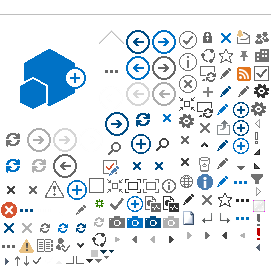In 2024, the U.S experienced 27 weather and climate disasters that caused at least $1 billion in damages, according to the National Oceanic and Atmospheric Administration (NOAA), placing 2024 as the fourth-costliest year on record. These billion-dollar disasters included drought, flooding, several severe storm events, such as tropical cyclone events, winter storms and one wildfire.
Natural disasters are becoming more frequent, resulting in significant financial losses and exposing inadequate insurance coverage—including gaps in clients’ insurance coverage that lead to increased errors & omissions claims against agents.
Pitfalls stemming from uncovered losses include failure to place the proper coverage, failure to recommend appropriate business protection coverage or placing coverage with inadequate limits.
An agent is more likely to be drawn into litigation when a client is disappointed with the amount of payment for a claim or when a client has misunderstandings regarding provisions found in the policy. Here are seven risk management prevention tips that agents should follow to avoid E&O claims after a catastrophe:
1) Document all interactions. Document all coverage-related conversations with your customer, whether it was a phone call, an office visit, an annual policy review or providing quotes at renewal. It is important to document what was discussed and what coverages were offered.
2) Confirm coverage offered and rejected. Obtain a written rejection of coverage for all coverages not taken by your customer. Follow up with your customer to confirm what coverages were offered, which ones they requested to bind and which ones they rejected.
3) Create a list. Use checklists to ensure you are offering the coverages your personal and commercial customers need, and ensure that your staff follows the same procedures when providing insurance to customers.
4) Develop a disaster recovery plan. Develop a plan in case your agency is impacted by a disaster and needs to be rebuilt in a timely manner. Additionally, recommend that your commercial customers develop their own disaster recovery plan.
5) Follow up. Review policies and follow-up with carriers to ensure the coverage you have requested for your customers has been provided. This includes reviewing the application, proposal and the actual policy form when received.
6) Tailor coverage. Remember to offer special coverages for commercial customers to effectively protect their business in the event of a natural disaster. Coverages include business interruption, valuable papers, key man coverage, pollution, difference in conditions, ordinance and law, flood and earthquake. Also, include increased limits options with every proposal and document rejection.
7) Property valuations. Agents can recommend the use of an appraiser to determine the cost to replace a property. However, if a carrier has an estimator an agent is required to use, be sure to note the source of the valuation information and that higher limits are available when providing the quote.
This article is intended to be used for general informational purposes only and is not to be relied upon or used for any particular purpose. Swiss Re shall not be held responsible in any way for, and specifically disclaims any liability arising out of or in any way connected to, reliance on or use of any of the information contained or referenced in this article. The information contained or referenced in this article is not intended to constitute and should not be considered legal, accounting or professional advice, nor shall it serve as a substitute for the recipient obtaining such advice. The views expressed in this article do not necessarily represent the views of the Swiss Re Group (“Swiss Re”) and/or its subsidiaries and/or management and/or shareholders.
